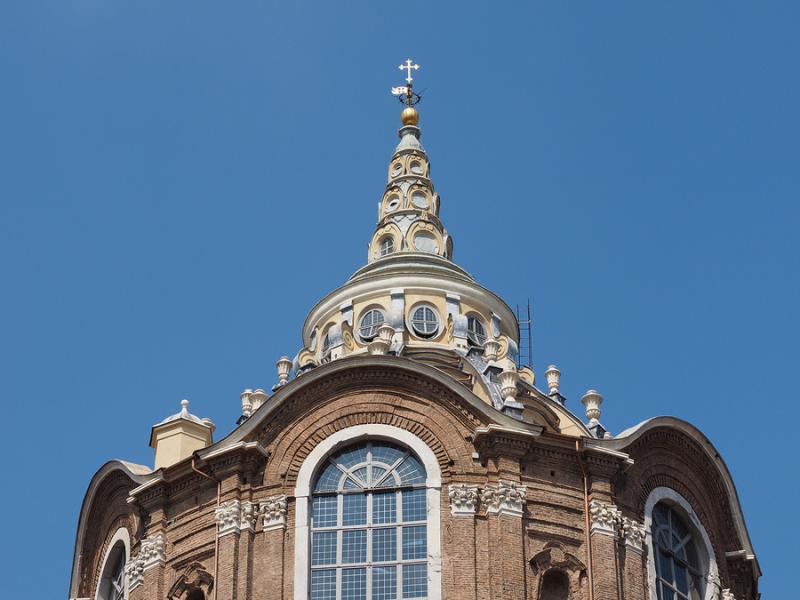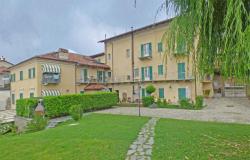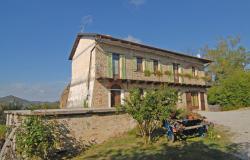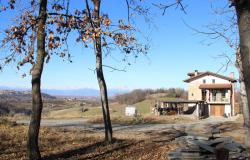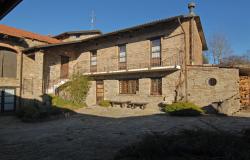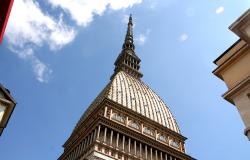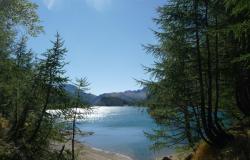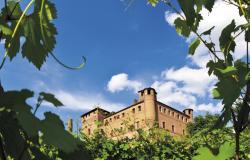The Chapel of the Turin Shroud reopened in Turin Cathedral last week after 21 years of restoration work following a mystery fire that almost destroyed the ‘shroud,’ the linen sheet some believe was used to wrap the corpse of Christ.
The 14-feet shroud was discovered in France in the 14th century. It bears the image of a bearded man’s face and bloodied body, alleged to be Jesus, and has long been venerated by Catholics. Carbon-dating tests conducted on the cloth in 1988 determined that the cloth dated from between 1260 and 1390, and therefore was a fake; however, some claim centuries of contamination must have distorted the test results.
The linen was rescued by firefighters in 1997 after a fire ignited just as the chapel was about to reopen following a seven-year closure caused by the collapse of a marble fragment from the cornice. The cause of the fire was never discovered.
The shroud was moved to another part of the cathedral during the restoration, where it was guarded in a bullet-proof, climate-controlled glass case and only visible to the public on special occasions.
It has now been moved back to the chapel designed by architect Guarino Guarini, a major figure of the Piedmontese Baroque, in the second half of the 17th century during the reign of Charles Emmanuel II, Duke of Savoy. The Chapel was built specifically to house the shroud. It is located outside the cathedral and connected to the Royal Palace of Turin. Visitors can now walk along the same gallery used by the king and its court.
The Chapel is a Baroque masterpiece and perhaps Guarini’s intention was to use science and mathematics to explain the inexplicable. The whole structure is based on geometrical figures, while all measurements refer to the number 3 and its multiples, as if to hint at the universe and the trinity, at science and faith.
Access to the Shroud Chapel is included in the Musei Reali ticket, an extended museum that includes the Royal Palace, the Royal Armory, the Sabauda Gallery.
For more information, visit the Musei Reali website. https://www.museireali.beniculturali.it/en/
